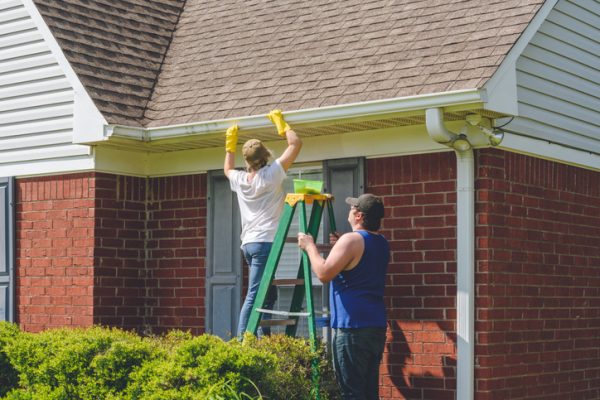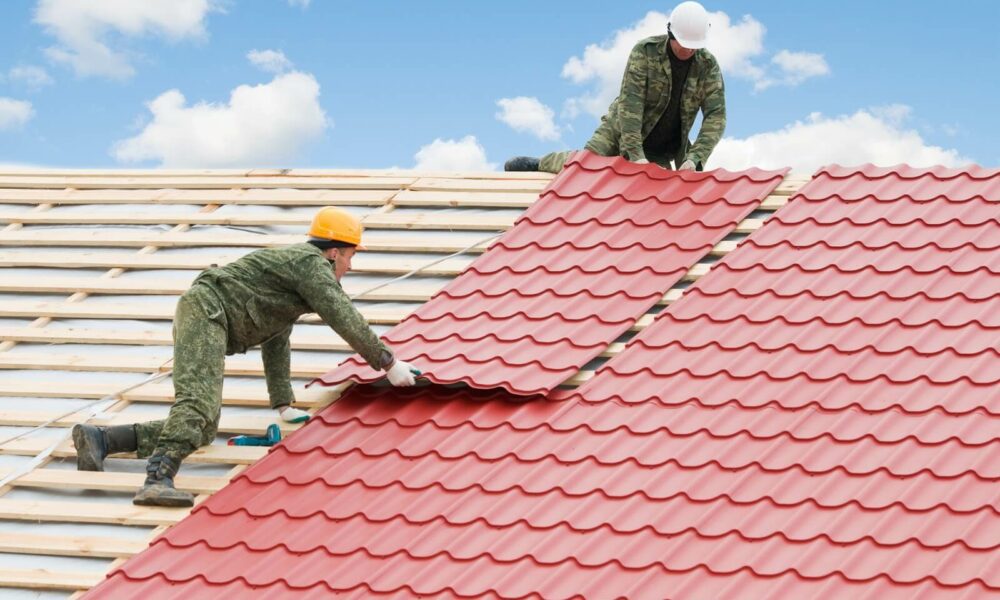Roof leaks can be a nightmare for homeowners. Not only can they cause damage to the interior of your home, but they can also lead to costly repairs. Fortunately, there are steps you can take to address common roofing issues and prevent leaks from occurring in the first place.
Inspect Your Roof Regularly
The first step in preventing roof leaks is to inspect your roof regularly. Look for any signs of wear and tear, such as cracked or missing shingles, damaged flashing, or clogged gutters. It’s especially important to inspect your roof after severe weather events, such as heavy rain or windstorms.
Address Issues Promptly
If you notice any issues during your inspection, it’s important to address them promptly. Ignoring small problems can lead to bigger issues down the road. For example, a small crack in your roof can quickly turn into a major leak if left untreated. Contact a professional roofing contractor to address any issues you find.
Maintain Your Gutters

Gutters play a crucial role in preventing roof leaks. They are designed to channel water away from your roof and foundation. If your gutters are clogged with debris, water can back up and cause damage to your roof. Make sure to clean your gutters regularly to prevent clogs. If you need help installing new gutters or maintaining your system, consider hiring a rain gutter installation company to ensure proper setup and functionality.
Trim Overhanging Branches
Overhanging branches can cause damage to your roof during heavy winds. It’s a good idea to trim any branches that are hanging over your roof to prevent them from falling and causing damage.
Choose High-Quality Materials
When it’s time to replace your roof, choose high-quality materials that are designed to last. Cheap materials may save you money in the short term, but they can lead to costly repairs down the road. A professional roofing contractor can help you choose the best materials for your home.
Preventing roof leaks requires regular maintenance and prompt attention to any issues that arise. By inspecting your roof regularly, maintaining your gutters, trimming overhanging branches, and choosing high-quality materials, you can help prevent leaks and keep your home safe and dry.
Elite Rain Gutters Inc.
751 S. Weir Canyon Rd. Ste.157 #184. Anaheim Hills, CA 92808
+1-714-580-1492

